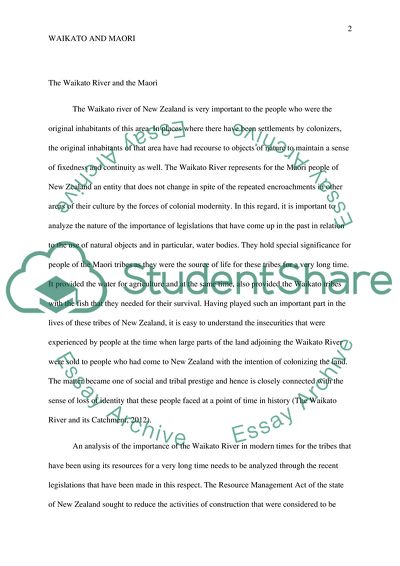Cite this document
(Who own's the water in New Zealand Essay Example | Topics and Well Written Essays - 2000 words - 1, n.d.)
Who own's the water in New Zealand Essay Example | Topics and Well Written Essays - 2000 words - 1. https://studentshare.org/engineering-and-construction/1785800-who-owns-the-water-in-new-zealand
Who own's the water in New Zealand Essay Example | Topics and Well Written Essays - 2000 words - 1. https://studentshare.org/engineering-and-construction/1785800-who-owns-the-water-in-new-zealand
(Who own'S the Water in New Zealand Essay Example | Topics and Well Written Essays - 2000 Words - 1)
Who own'S the Water in New Zealand Essay Example | Topics and Well Written Essays - 2000 Words - 1. https://studentshare.org/engineering-and-construction/1785800-who-owns-the-water-in-new-zealand.
Who own'S the Water in New Zealand Essay Example | Topics and Well Written Essays - 2000 Words - 1. https://studentshare.org/engineering-and-construction/1785800-who-owns-the-water-in-new-zealand.
“Who own'S the Water in New Zealand Essay Example | Topics and Well Written Essays - 2000 Words - 1”. https://studentshare.org/engineering-and-construction/1785800-who-owns-the-water-in-new-zealand.


